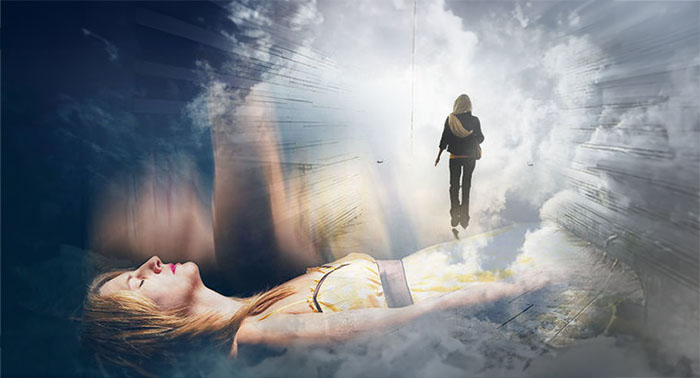Imagine standing at the edge of life, the world fading, and then—something extraordinary pulls you back. Near-death experiences (NDEs) are those haunting, beautiful moments when people brush against death and return with tales that defy explanation. I’ve always wondered: could these be glimpses of what waits beyond? Let’s step into two incredible stories, sprinkle in some wisdom from those who’ve studied them, and explore what they might mean.
Pam Reynolds: The Woman Who Watched Her Own Surgery
Picture this: It’s 1991, and Pam Reynolds, a singer with a love for life, lies on an operating table in Arizona. She’s there for a risky brain surgery—a giant aneurysm threatens to steal her away. The doctors take a bold step: they stop her heart, drain her blood, and cool her body to a lifeless chill. By all measures, Pam is gone—no heartbeat, no brain waves. Yet, as the surgeons work, something unbelievable happens.
Pam feels herself lift up, floating above her body. She sees the operating room, hears the whir of a saw cutting her skull, even catches a snippet of the doctors’ chatter about her veins being “too small.” Then, a tunnel of light calls her toward a warm, glowing place where loved ones wait. When she wakes up hours later, alive, she stuns her medical team by reciting details she couldn’t possibly know. Dr. Raymond Moody, who coined the term “near-death experience,” writes in Life *After Life, “These experiences suggest a continuation of consciousness beyond the body.” To me, Pam’s story suggests a gap between this world and the afterlife, indicating that a part of ourselves persists.
Eben Alexander: A Doctor’s Voyage Beyond the Brain
Put yourself in the position of Dr. Eben Alexander, a brain surgeon who believed he understood life perfectly. In 2008, a vicious bacterial infection attacks his brain, plunging him into a coma. His family gathers, fearing the end. The machines indicate that his brain has gone offline, leaving a void. But Eben? He’s somewhere else. He finds himself soaring through a realm of swirling colors, golden light, and music that hums with love. Beings of pure kindness guide him through landscapes too vast for words. When he finally wakes, he’s a changed man. This wasn’t some dying brain glitch, he insists—it was too real, too alive. In his book Proof of Heaven, he declares, “What I saw was too profound to be a mere hallucination.” I can’t help but lean toward his side: maybe Eben crossed into a place that science can’t yet map, a hint that death isn’t the end.
What’s Behind These Mysterious Journeys?
So, what’s happening when death knocks and these visions unfold? Some claim that the brain is simply deceiving us. As oxygen diminishes, chemicals surge in, depicting serene landscapes or vivid illuminations—a final attempt at biological processes. Fair enough, but it feels too simple for what Pam and Eben saw. Others think it’s psychological, the mind weaving comfort to dodge the terror of dying. Maybe. Yet, I keep circling back to a third idea: these are real peeks into an afterlife. Pam and Eben’s journeys echo what Dr. Bruce Greyson explores in *After: “NDEs challenge us to rethink the boundaries of life and death.” To me, these stories whisper that we’re more than flesh—that something eternal waits.
A Question for You
I’ve pored over these tales, and they pull me toward belief in a beyond. Pam and Eben didn’t just survive; they brought back pieces of a puzzle we’re all trying to solve. Want to dive deeper? Check out Life After Life by Raymond Moody, Proof of Heaven by Eben Alexander, or After by Bruce Greyson. Have you ever felt a brush with the impossible? Maybe you’ve got a story of your own. Near-death experiences don’t just challenge our minds—they tug at our hearts, daring us to imagine that when the lights go out here, they might just flicker on somewhere else.
George Barron for InfoArmed
* Instant link to Amazon.com

